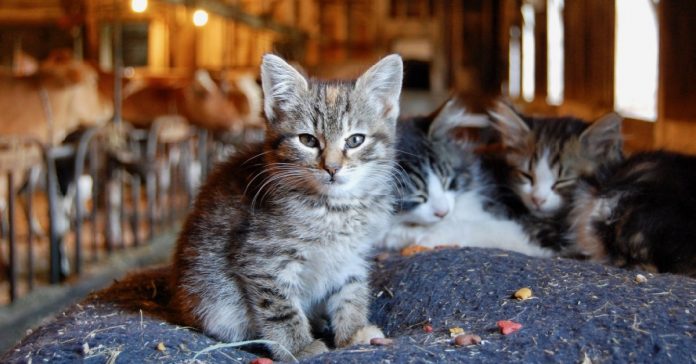Medford, MA-based Shelter Me Inc, a nonprofit animal rescue organization, has placed 122 ‘hard-to-adopt’ cats in barns since March 2008. Under the best circumstances, the cats and the barn owners establish a mutually beneficial partnership.
Essentially, an otherwise unadoptable cat (or pair of cats) provide a valuable rodent control service in exchange for room & board and lifetime care. This article takes a closer look at five key steps in the process to help barn owners understand how to support a successful placement and also to share key learnings with rescue organizations who may have less experience placing cats successfully in barns.
Shelter Me Inc recommends a 5-week protocol, so to speak, to support newly adopted barn cats during their acclimation period; and like many other rescue organizations loans out an acclimation cage and provides other supplies to barn owners to help them get their cats settled. The rescue group does not have its own holding facility for cats and has a limited network of foster homes, so its barn cat program focuses on helping other rescue groups place their “hard-to-adopt” cats.
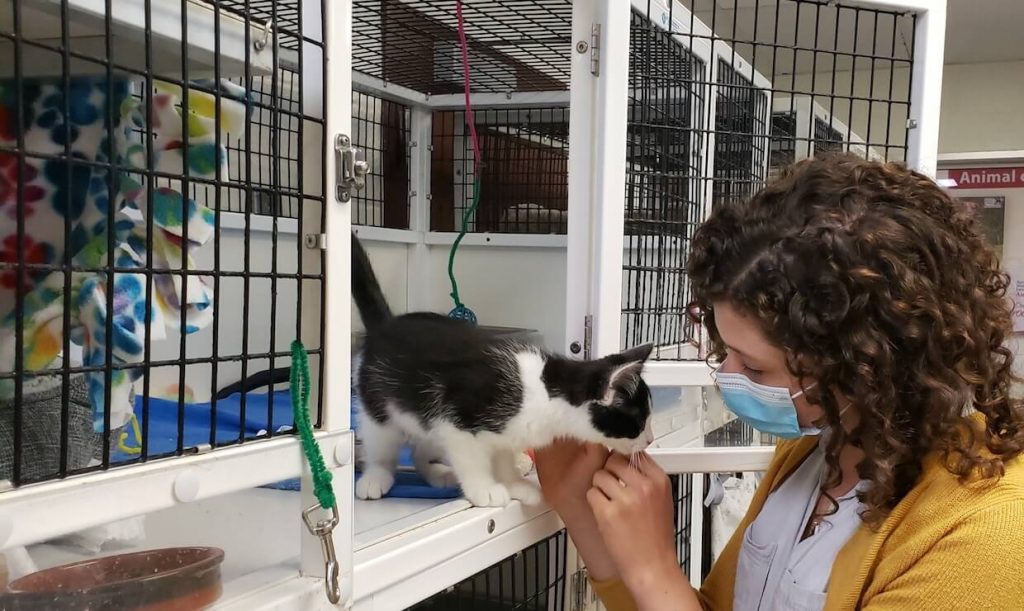
Advertisement
Step 1. Identify ‘unadoptable,’ healthy, homeless cats appropriate for barn placement.
- “Unadoptable’ is an imprecise definition. The description might well apply to semi-feral cats who have spent their lives outdoors; cats who are terrified of – or otherwise uncomfortable around – humans; cats who do not like to be petted or sit in a lap; and cats with boundless energy who are clearly unhappy living in a house. Sometimes they are also strays who have lived outside for a year or more and and placed in a shelter are not as attractive to potential adoptors as kittens. All of the aforementioned may be appropriate for barn placement.
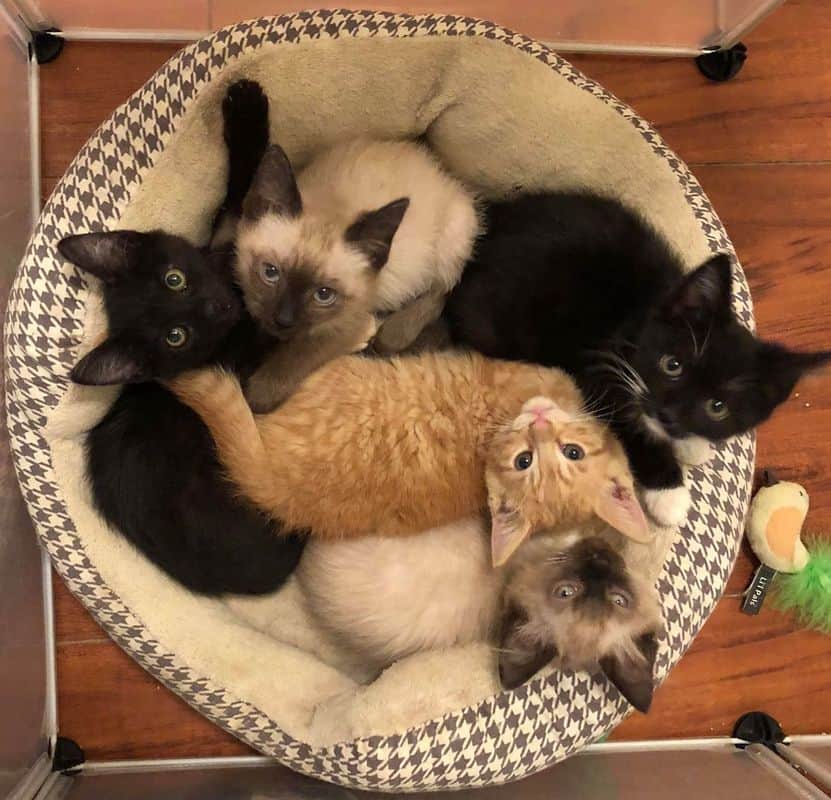
- “Unadoptable” cats who are unlikely for Shelter Me Inc to consider appropropriate for barn placement are animals who are aggressive to humans and have lived indoors for many years. Shelter Me Inc has also found it quite difficult to separate older cats who are long-established in an outdoor colony and successfully relocate them to a barn.
- Without exception, Shelter Me Inc barn cats are spayed or neutered, vaccinated for distemper and rabies; test double-negative for FIV and FELV; and are delivered with veterinary papers.
Step 2. Match the cats to the barn (and vice versa).
- Shelter Me Inc makes a special effort to place younger ‘bonded’ pairs. Why ‘bonded’? Cats can be incredibly particular about the company they keep (human and feline alike). On the several occasions when Shelter Me Inc has placed previously unacquainted cats together in a barn, (regardless of whether they are placed in separate acclimation cages or not), one cat has always run off.
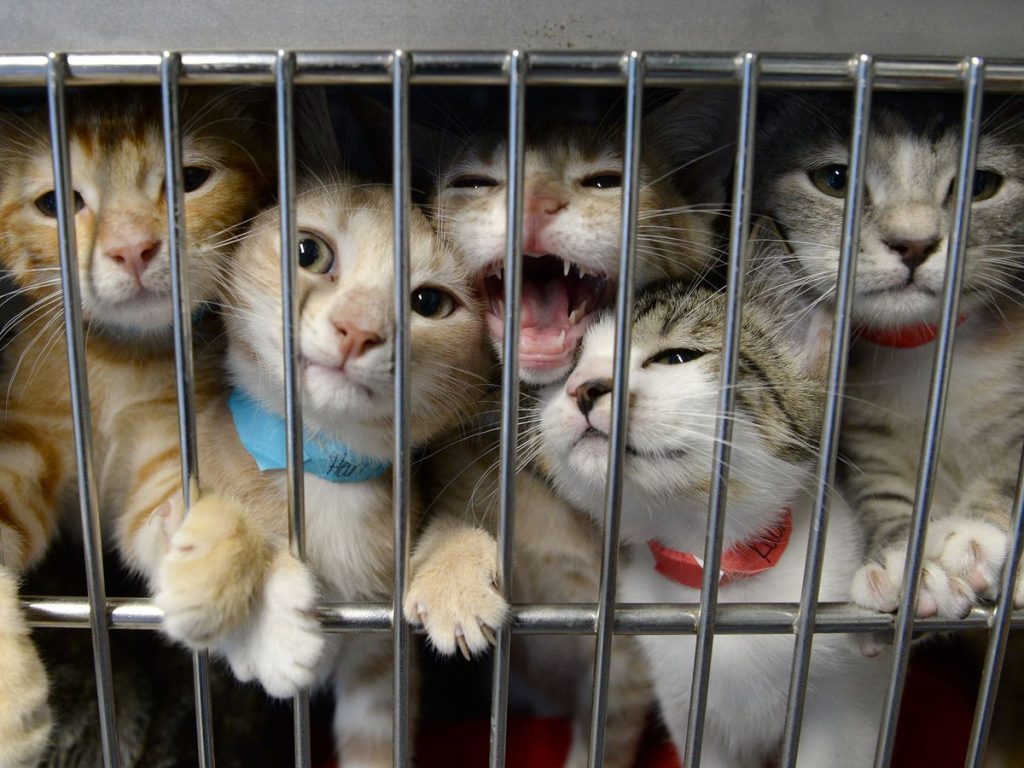
- Shelter Me Inc prefers to place a ‘single’ barn cat when it is clear the animal does not like other cats.
- It is often difficult to respond to requests from barn owners for ‘friendly’ cats. In most circumstances, animal lovers and rescue organizations alike believe that friendly cats will be happier, safer and live much longer if they are kept in-house. In the wintery New England climate especially, it is hard to make a case for placing a cat who might be very happy living indoors…in a barn. In some cases, when barns have heated tack rooms or feed rooms, and the prospective barn cat has been living outside and has nowhere else to go, it can make sense. But given the limited number of barns for the unlimited numbers of homeless cats, the ‘hardest-to-adopt” cats who were born or have lived outdoors are the best candidates for barn placement.
- It is similarly difficult to place cats in barns where one or more cats are already in residence. In these circumstances, Shelter Me Inc tends prefers to place older semi-feral kittens, based on the belief that these will be less threatening to the established cats. However, if there is one submissive male already in residence, it is often feasible to place a female as a prospective companion (and vice versa).
Step 3. Provide a dedicated caretaker.
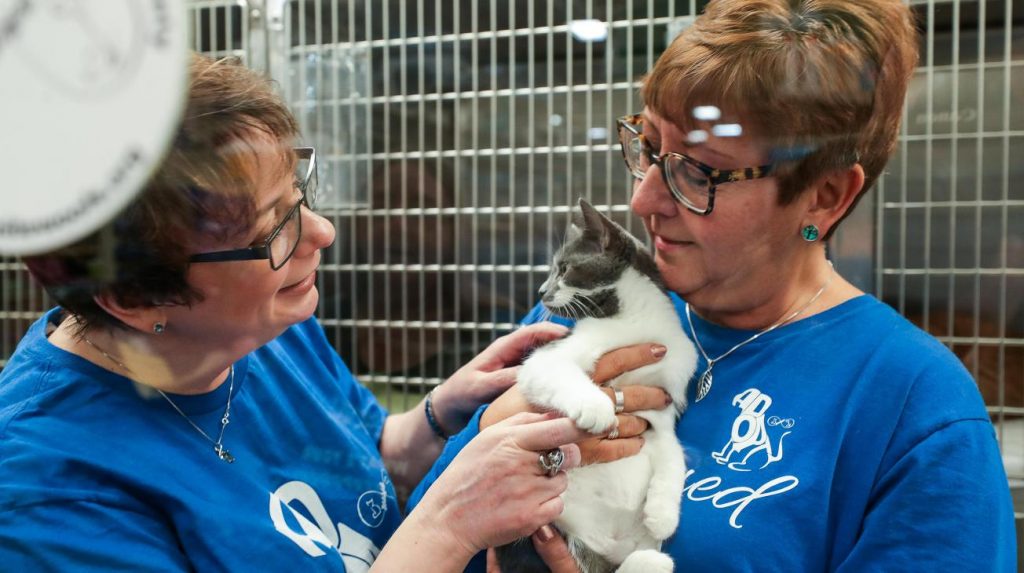
- Semi-feral cats, stray cats, wild cats – you name it – if a barn owner wants the animals to understand and accept their new home, it is wise to have the same person feed, care for, and essentially bond with the cats during the acclimation period.
- Feeding the cats at the same time morning and evening establishes a schedule; changing the water daily and cleaning out the litter; providing a warm bed and toys inside the acclimation cage…all of these acts are meaningful steps in the bonding process.
- The barn owners can usually tell how well the acclimation period is going by how the cats react when they open the door to feed them. If the cats are settling in comfortably, they will brush up against the feeder’s arm. (But this may never happen with really feral cats, even though they may decide to stay in your barn forever.
- Even if cats are very skittish, it is often possible to pet them when they are eating – especially when they are eating something they really love – like wet food or tuna juice. If you have very, very skittish cats, try feeding them wet food on the end of a wooden spoon (as a friend-making gesture).
- Special food like tuna fish or juice is great, but commercial cat food contains nutrients that cats need for their diets.
Step 4. Identify an optimal location and set-up an acclimation cage.
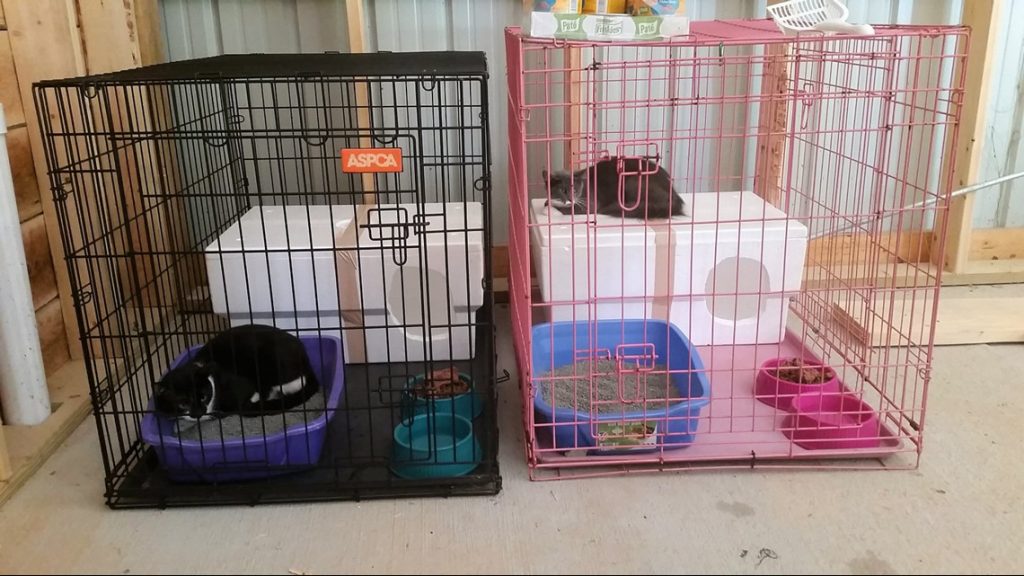
- An optimum placement has natural light, fresh air and exposes the cats to other animals and people traffic. Five weeks is a long time to spend in an acclimation cage but it works if it offers the cats a chance to experience their new environment and get acquainted with daily life, activities and other animals in the barn, including horses, ducks, goats and dogs.
- While a barn with a loft may be an ideal living place for the cats after they are released, the loft may not be the ideal spot to place an acclimation cage if it isolates the cats. As a general rule, Shelter Me Inc prefers to place acclimation cages in a the center aisle of a barn or a busy tack room.
- In the recent past, a number of people have contacted Shelter Me Inc to inquire about the suitability of placing barn cats in sheds. Lacking windows for natural light, a loft to serve as a safe haven from predators; and other animals for companionship (so to speak) and to generate additional heat for warmth in the winter, it can be very hard for us to visualize how sucn an environment can provide a proper acclimation period or serve as an effective long-term shelter. This may not be what people who are trying to help homlesss cats want to hear, but these are among the group’s placement guideliness established by its board of directors.
- Shelter Me Inc may spend a couple hundred dollars on veterinary bills; loan out a host of equipment and drive a few hundred miles roundtrip to support a placement; every effort is made to ensure success for owner and animal alike.
Step 5. Release the cats in a protected environment.
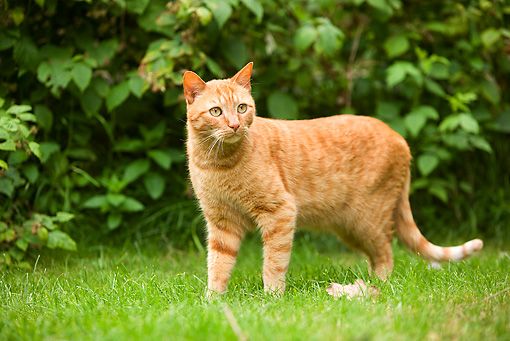
- After five weeks (some do less; we recommend five because we have seen it work many, many times), tie open the door of the cage in the morning after feeding the cats. Continue to feed the cats – in feed bowls in the cage – and continue to change the water and the litter regularly.
- If you have a barn that you can close up at night – please do so – it will help protect your cats from predators. Some people feed their cats wet food—specifically in the evening during the acclimation process and continue that practice after the cage door is open—to help ensure that the cat will return to the barn for the evening feeding and then they close the cats into the barn at night to protect them from predators.
The best way to apply for a barn cat is to provide the following information via email to Sandy@Sheltermeinc.org
Your name
Your address
Your phone number
Please describe the barn and property (Do you have a center aisle, tack room, loft?)
If you do not have a conventional barn, can you please send us a photograph?
The number and type of farm animals you have
Do you have dogs (what kind? how many?)
Are outdoor cats are already established on the property (if yes, what sexes, age and number)
Has your area had difficulty with predators? Fisher cats? Coyotes?
Where would the barn cats be acclimated and where they would shelter in the winter
Who will care for the cats?


